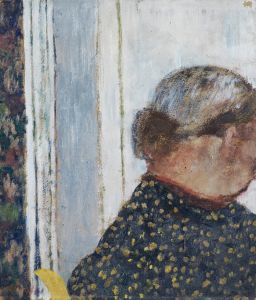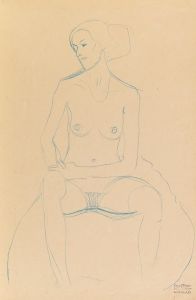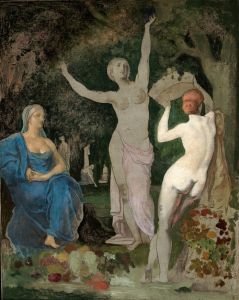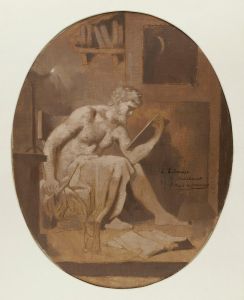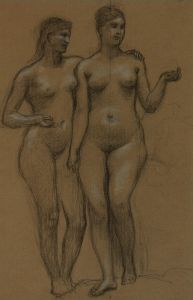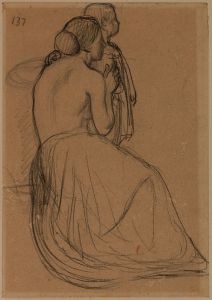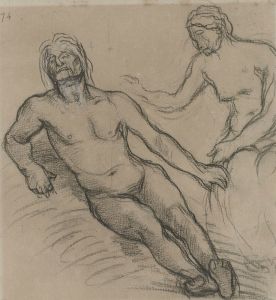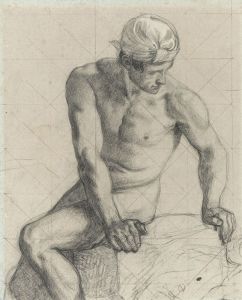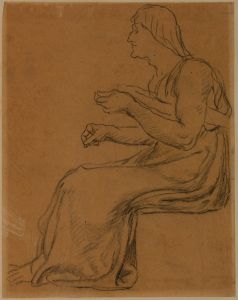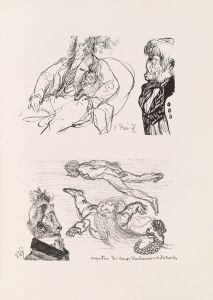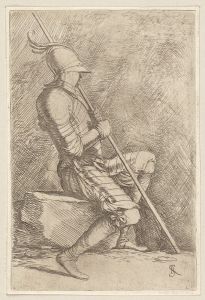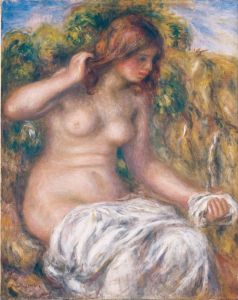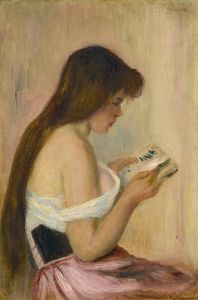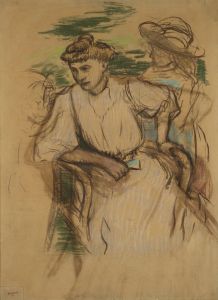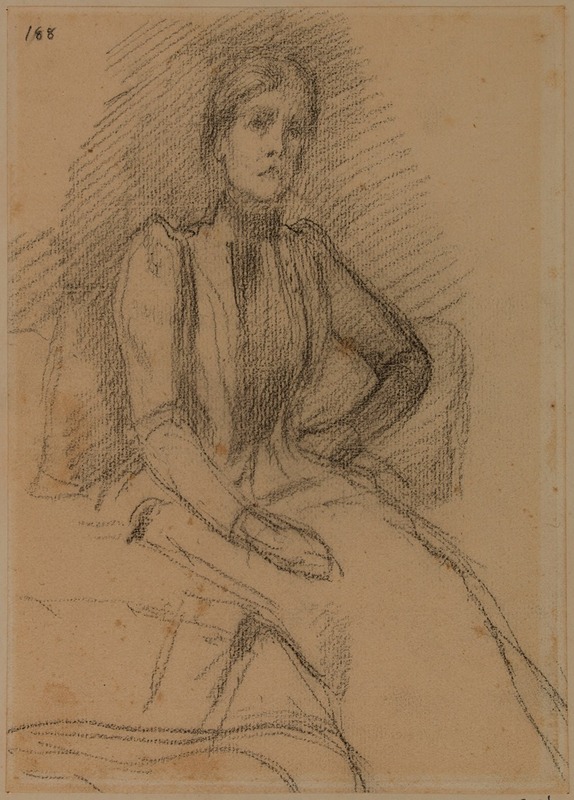
Femme assise
A hand-painted replica of Pierre Puvis de Chavannes’s masterpiece Femme assise, meticulously crafted by professional artists to capture the true essence of the original. Each piece is created with museum-quality canvas and rare mineral pigments, carefully painted by experienced artists with delicate brushstrokes and rich, layered colors to perfectly recreate the texture of the original artwork. Unlike machine-printed reproductions, this hand-painted version brings the painting to life, infused with the artist’s emotions and skill in every stroke. Whether for personal collection or home decoration, it instantly elevates the artistic atmosphere of any space.
Pierre Puvis de Chavannes was a notable French painter of the 19th century, renowned for his mural paintings and his influence on the Symbolist movement. One of his works, "Femme assise," exemplifies his unique style and thematic focus. Although specific details about "Femme assise" are limited, it is possible to discuss the broader context of Puvis de Chavannes' work and his artistic approach.
Puvis de Chavannes was born on December 14, 1824, in Lyon, France. He initially pursued a career in engineering but later turned to painting, studying under several artists, including Eugène Delacroix and Thomas Couture. His early work was influenced by the classical tradition, but he gradually developed a distinctive style characterized by simplified forms, muted colors, and a focus on allegorical and symbolic themes.
Puvis de Chavannes is best known for his large-scale mural paintings, which adorn public buildings in France, such as the Panthéon in Paris and the Musée des Beaux-Arts in Lyon. His murals often depict idealized, timeless scenes that convey moral or philosophical messages. This approach reflects his belief in the power of art to elevate the human spirit and communicate universal truths.
"Femme assise," which translates to "Seated Woman," likely features a female figure, a common subject in Puvis de Chavannes' oeuvre. His depictions of women often embody ideals of beauty, serenity, and introspection. The artist frequently used female figures to personify abstract concepts or to serve as focal points in his compositions, inviting viewers to contemplate the deeper meanings behind the imagery.
Puvis de Chavannes' style is characterized by its simplicity and restraint. He often employed a limited color palette, favoring soft, harmonious tones that create a sense of calm and balance. His compositions are typically uncluttered, with figures and landscapes rendered in a manner that emphasizes their essential forms. This approach allows the viewer to focus on the emotional and symbolic content of the work.
The influence of Puvis de Chavannes extended beyond his own time, impacting subsequent generations of artists. His emphasis on symbolism and his innovative use of space and color were particularly influential on the Symbolist movement, which sought to express the inner experiences and emotions of the artist. Notable Symbolist painters, such as Gustave Moreau and Odilon Redon, drew inspiration from Puvis de Chavannes' work.
In addition to his impact on Symbolism, Puvis de Chavannes' work also resonated with the Post-Impressionists and early modernists. Artists like Paul Gauguin and Georges Seurat admired his ability to convey mood and meaning through simplified forms and subtle color harmonies. His approach to composition and his focus on the expressive potential of art helped pave the way for new artistic movements in the late 19th and early 20th centuries.
While specific information about "Femme assise" is limited, the painting can be appreciated within the broader context of Puvis de Chavannes' artistic legacy. His work continues to be celebrated for its timeless beauty and its ability to evoke contemplation and introspection. Through his unique vision, Puvis de Chavannes left an indelible mark on the history of art, influencing both his contemporaries and future generations of artists.





